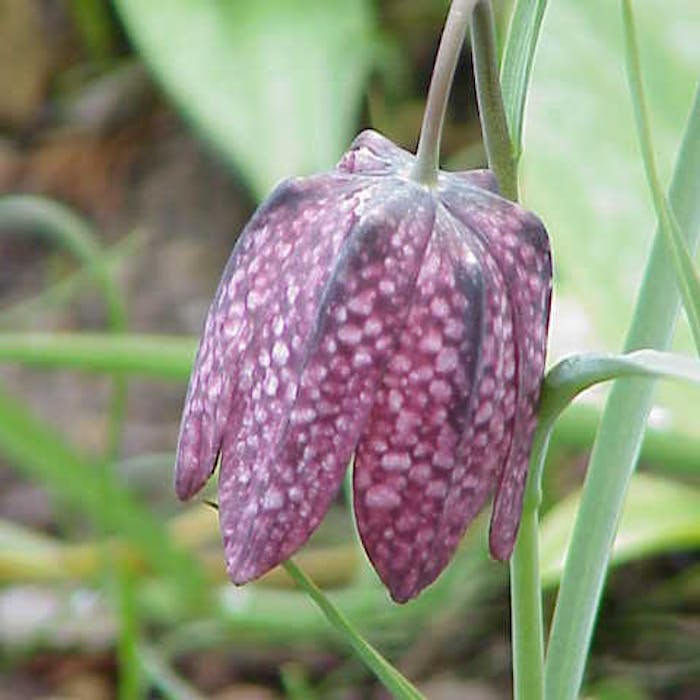
Snake's-head Fritillary - a chequered history
Botanists are uncertain whether the pretty snake's-head fritillary is a native wildflower or a garden escapee. These days it is certainly far more common in our gardens than in its preferred wild spots.
This is a spring flowering member of the lily family with distinctive pink-and white-chequered blooms.
The plant was first described in the 16th century by herbalist John Gerard who had only known of it as a garden plant and it was not recorded in the wild until 1736, which has led some to argue that it must be an escapee. However, the fact that its habitat is usually confined to ancient hay meadows and it does not easily spread to adjoining land, leads others to the conclusion that it is a native species which became isolated from the European population when Britain was cut off from mainland Europe after the last glacial period.
The plant was once abundant in the UK, particularly in the Thames Valley and parts of Wiltshire, and was collected in vast quantities to be sold as a cut flower in the markets of London, Oxford and Birmingham. During World War II most of the ancient meadows were ploughed up and turned over to the production of food crops, destroying much of the plant's habitat.
A popular garden plant, it is now rare in the wild, although there are some notable sites where it is still found, such as the meadows at Magdalen College, Iffley Meadows, Oxford and the Oxfordshire village of Ducklington, which holds a "Fritillary Sunday" festival. It is also found in the North Meadow National Nature Reserve, Wiltshire, Clattinger Farm Nature Reserve, Wiltshire and Fox Fritillary Meadow and Mickfield Meadow nature reserves in Suffolk.
In 2002 the snake's-head fritillary was chosen as the County flower of Oxfordshire following a poll by the wild flora conservation charity Plantlife.
Like other lilies, it is susceptible to the scarlet lily beetle, which can seriously damage or kill it.
Further reading
Links to external websites are not maintained by Bite Sized Britain. They are provided to give users access to additional information. Bite Sized Britain is not responsible for the content of these external websites.
